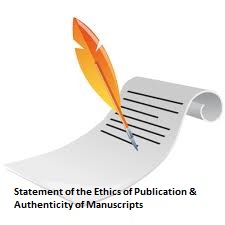Iron Content and Hedonic Test of Cookies With Kelakai and Mung Beans Flour
DOI:
https://doi.org/10.36341/jops.v8i1.4790Keywords:
Kelakai cookies, organoleptic quality, acceptability, ironAbstract
Background: To promote local food security, food diversification efforts can be made by utilizing local food sources such as kelakai and mung beans that can be processed into flour as a substitute for wheat flour in making cookies. Objectives: Analyze the iron content and determine the characteristics, organoleptic quality, and acceptability of cookies made from kelakai bean flour and mung bean flour. Methods: Completely Randomized Design with 3 treatments, F1 with a ratio of 40 g mung bean flour and 10 g kelakai flour, F2=40 g : 15 g, and F3=40 g: 20 g. Characteristics and acceptability testing using hedonic test; Fe content using atomic absorption spectophotometry. Results: The cookies produced have the characteristics of brownish green color, unpleasant odor (langu), less sweet taste, and very crunchy texture. The largest Fe content is in formula F3 which is 1.305 mg per piece of cookies (± 45 grams). The results of the acceptability test on aroma, taste, color, and texture show that the most preferred cookies are in formula F1. Conclusion: Cookies formula F1 has the potential to be developed into functional food because it has a fairly high iron content and good acceptability.
Downloads
Downloads
Published
How to Cite
Issue
Section
License
1. Copyright of all journal manuscripts is held by the JOPS (Journal Of Pharmacy and Science)
2. Formal legal provisions to access digital articles of electronic journal are subject to the provision of the Creative Commons Attribution-ShareAlike license (CC BY-NC-SA), which means that JOPS (Journal Of Pharmacy and Science) is rightful to keep, transfer media/format, manage in the form of databases, maintain, and publish articles.
3. Published manuscripts both printed and electronic are open access for educational, research, and library purposes. Additiponally, the editorial board is not responsible for any violations of copyright law.
licensed under a Creative Commons Attribution-ShareAlike 4.0 International License.










